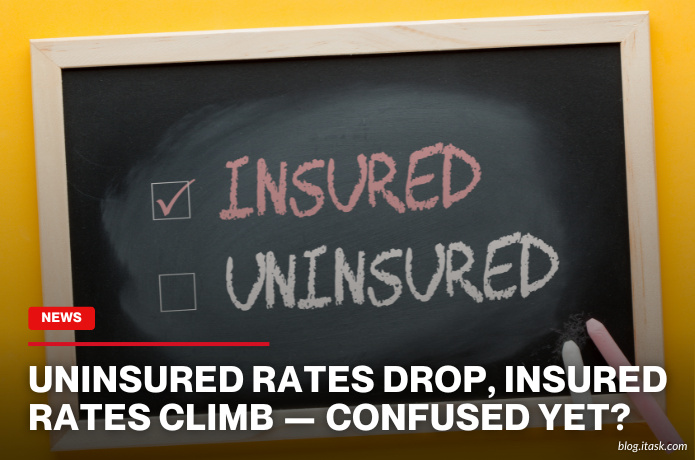Uninsured rates drop, insured rates climb — confused yet?
Uninsured rates drop, insured rates climb — confused yet?

Uninsured mortgage rates have recently edged down, while insured rates—those for borrowers who put less than 20 per cent down and must pay mortgage insurance—have climbed. That sounds backwards at first: you'd assume insured borrowers, viewed as safer by lenders, would always pay less. Yet the reality is twisty and leaving many readers scratching their heads.
Canada’s housing market rules play a big part in the confusion. If you put under 20 per cent down, you need mortgage default insurance through a federal or private provider—this gives lenders protection. Those mortgages usually come with lower interest rates because the risk to the lender is reduced. But with changing demand and tighter eligibility rules, fewer borrowers qualify, shifting how rates move.
For those not needing insurance—because they made a larger down payment or are buying an expensive property—the so‑called uninsured rates have dropped lately. Lenders are chasing higher profits in that space, making those deals tighter and competitors willing to cut rates a bit. Meanwhile, insured borrowers are seeing higher rates as insurers and banks adjust pricing to offset new policy risks.
It’s also about supply and demand patterns. At a time when the proportion of outstanding uninsured mortgages has grown—thanks to fewer people qualifying for high‑ratio insurance and stricter down payment rules—the insured bucket shrinks. That pushes lenders to carefully price what’s left, often raising insured rates to preserve margins, while still competitive in the larger uninsured category.
Borrowers feel bewildered because the opposite used to be true: insured mortgages were typically cheaper. Now that rule of thumb stops working. Add in stress‑testing rules—where both insured and uninsured borrowers must qualify at a rate higher than their expected rate—and borrowers naturally wonder what’s going on. The stress‑test rate is the greater of contract rate plus 2 per cent or 5.25 per cent, which applies in both cases and limits flexibility.
So yes, it’s confusing. The shift comes down to an evolving market where fewer borrowers fit the insured mold, lending institutions recalibrate pricing, and policy changes—like raising the insured mortgage cap—alter borrower behaviour. If you’re in the market, it’s smart to talk to a mortgage professional. They can explain which slice of that insured‑versus‑uninsured pie you fall into—and why the rate you're offered today might make less intuitive sense than it once did.
